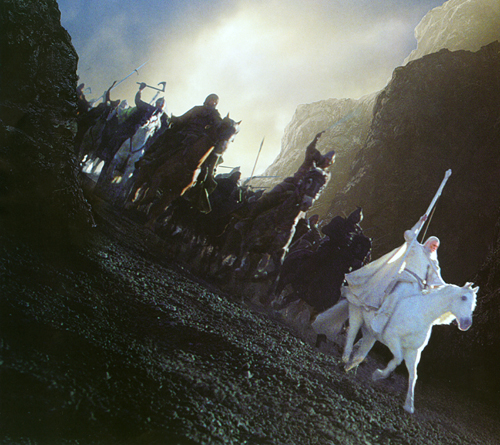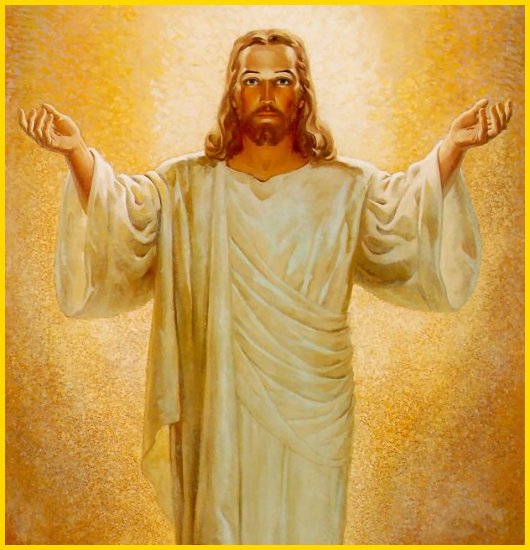Continuing the idea for the first post about the Lady in Black, I'm going to talk a bit about her male counterpart, the white wizard. While the Lady in Red is the polar opposite of the Lady in Black, the White Wizard is what I'll call her complementary opposite. The Lady in Black opposes the Lady in Red in her intent, but with the White Wizard the opposition is in the means through which the intent is carried out.
The White Wizard is the Sun to the Lady in Black's Moon. While she operates in darkness, he is an action man, and isn't afraid of being in the spotlight. Their purpose is the same, but their modus operandi, so to speak, is certainly not.
The first example that comes to mind of this idea is, naturally, Gandalf, of the Lord of the Rings trilogy. We must make a distinction here, however, between Gandalf the Grey and Gandalf the White. The former was a wizard, yes, but he was still a mortal man, and actually fell to the Balrog; the latter, on the other hand, was otherworldly, and existed more as a spirit than as a normal man, much as the Lady in Black does.
The Wizard's opposite, I imagine, would be a figure such as the Black Warlock. Of course, these are all just manifestations of some divine will. In LotR this would be Sauron/Saruman.
Notice how Sauron creates his army by means of cold, hard science, breeding these quasi-mechanical creatures out of factories. This is how this negative (relativistically speaking) side operates: by logic, cold science. This is in opposition, of course, to the subconscious, emotional way the Lady in Black and the Wizard act. In LotR, I believe we see the Lady in Black in Arwen. In the film, she first appears in order to save the Fellowship (riding a white horse, like Gandalf).
 |
| And with the required black garment |
I have to watch the movie again in order to expand on these ideas a little more, however. Returning to the figure of the Wizard, then:
He is, of course, a magic man. He shines like the Sun and performs miracles. There is a parallel with the Lady in Black in that they both work with emotion (remember the Wizard inspires courage among men). Does this remind you of anyone?
It's interesting that, like Gandalf, Jesus dies and is reborn, but he comes back different. He is no longer a mortal man, he is an embodiment of a supernatural force. And he comes, of course, to save men. The association to Aslan here is obvious, especially because C.S. Lewis did it on purpose. In Narnia, however, the whole resurrection thing seems a little clumsily handled.
The rest here is a little obvious, with the whole white-robes, shining thing and so on. More on this mythology in a later post...




No comments:
Post a Comment